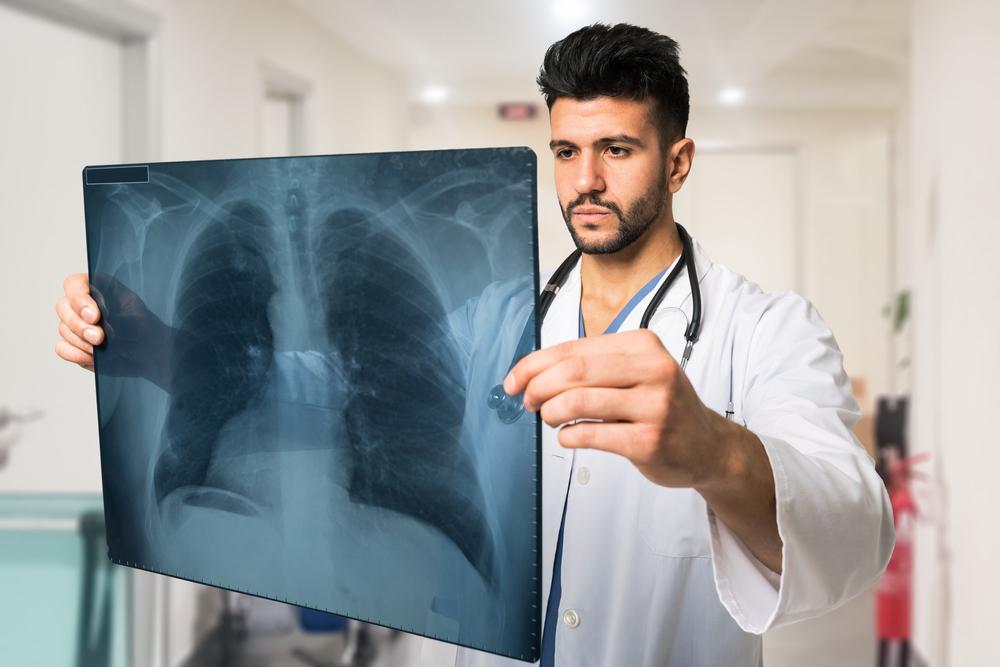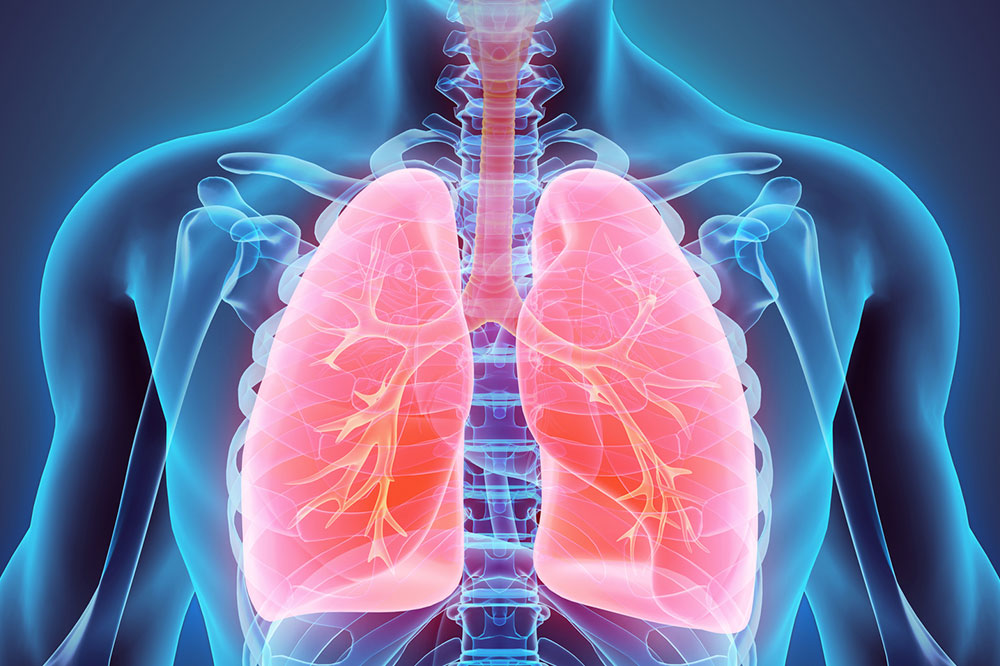Understanding Lung Cancer: Causes, Indicators, and Treatment Options
Explore comprehensive insights into lung cancer, including its causes, symptoms, and treatment options. Early detection and tailored therapies are vital for improved outcomes. Learn about risk factors, warning signs, and the latest treatment methods to better understand this life-threatening disease.

Understanding Lung Cancer: Causes, Indicators, and Treatment Options
Lung cancer involves the abnormal and uncontrollable growth of malignant cells within the lungs, which can invade nearby tissues and spread to other parts of the body, a process known as metastasis. It remains one of the leading causes of cancer-related deaths worldwide, emphasizing the importance of early diagnosis and effective treatment.
Causes primarily include long-term smoking and exposure to radon gas. Carcinogens in tobacco smoke damage lung tissues over time, weakening the immune system’s ability to fight off cancer development. Genetic factors also influence an individual's risk of developing lung cancer.
Causes of Lung Cancer
The primary risk factors include prolonged smoking and continuous exposure to tobacco smoke. Radon gas exposure is another potential cause. Inhalation of carcinogens from smoke causes immediate damage to lung tissues, gradually weakening the immune defense and increasing cancer susceptibility. Additionally, genetic predisposition plays a significant role.
Early and Advanced Symptoms
Initial symptoms are often absent. As the disease progresses, symptoms manifest classified into respiratory and systemic indicators.
Persistent cough
Breathing difficulty
Chest and shoulder pain
Altered voice
Coughing up blood or phlegm
Changes in sputum appearance
Recurrent lung infections like bronchitis
Noisy breathing
Symptoms can also surface in other body parts, such as:
Loss of appetite
Chronic fatigue
Bleeding or blood clots
Bone fractures
Headaches
Swelling in face and neck
Mood or memory issues
Weight reduction
Treatment Strategies
The main approaches include surgical removal, radiation, chemotherapy, radiosurgery, and targeted therapies, tailored according to cancer stage and patient health.
**Surgery:** Best for localized tumors; involves removing affected lung tissue and lymph nodes.
**Radiation Therapy:** Uses high-energy rays to destroy cancer cells, often combined with surgery.
**Chemotherapy:** Administers drugs to kill or reduce cancer cells, either orally or intravenously.
**Radiosurgery:** A nonsurgical option for small tumors, delivering focused radiation from multiple angles.
**Targeted Therapy:** Utilizes drugs targeting genetic mutations in cancer cells, especially for advanced stages or recurrent cases.
Note:
The information shared aims to educate readers about lung cancer, offering insights from research and expert knowledge. However, it should not replace professional medical advice. The site does not guarantee accuracy and may not include the latest treatment options or offers. Consult healthcare professionals for personalized diagnosis and treatment plans.










